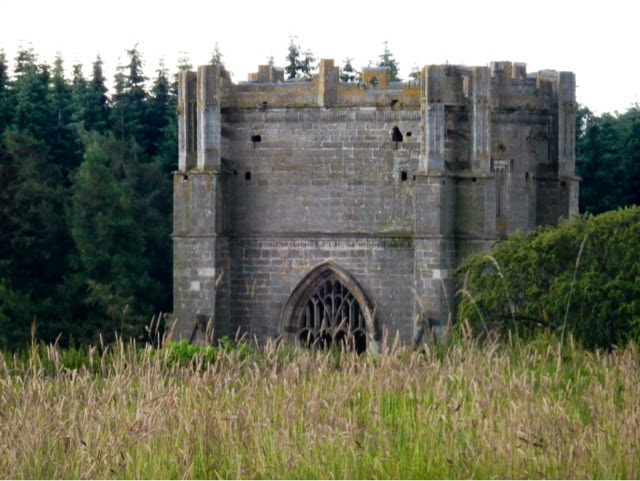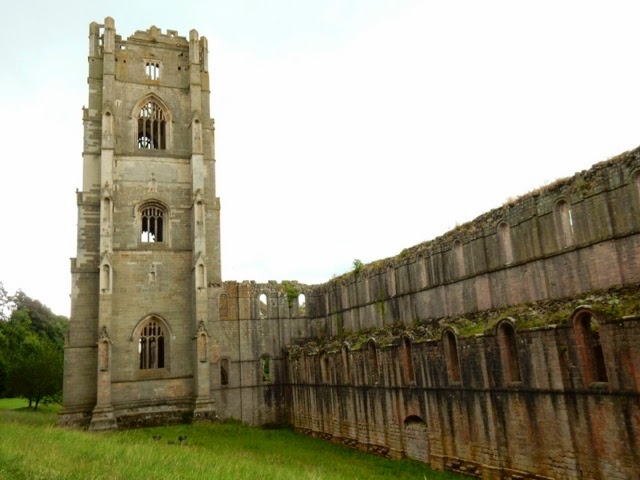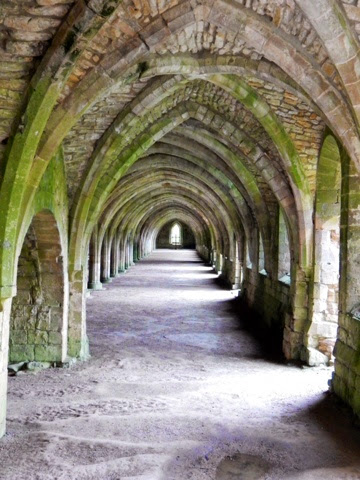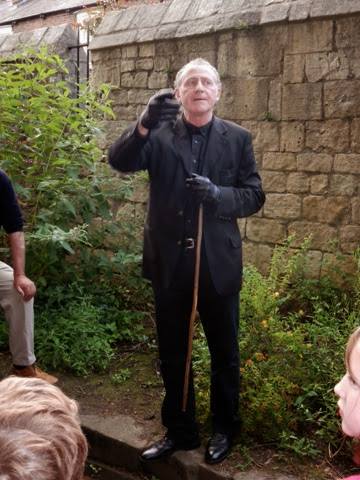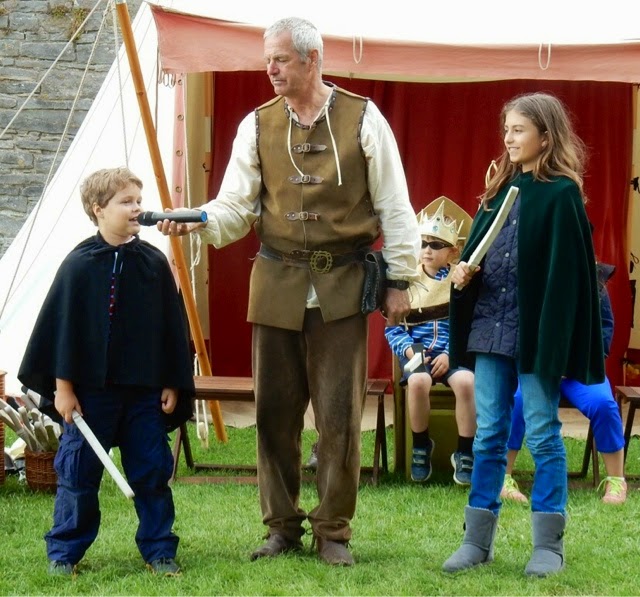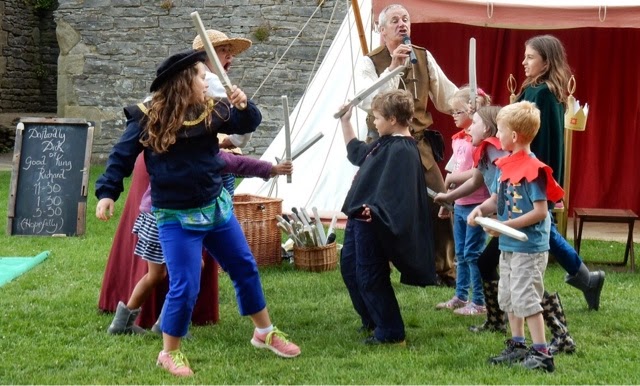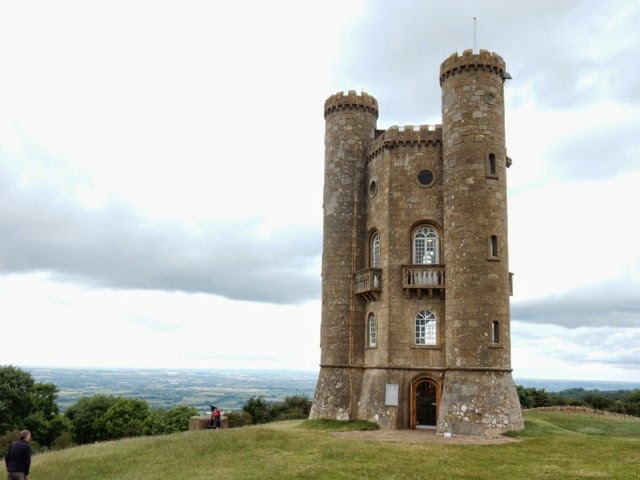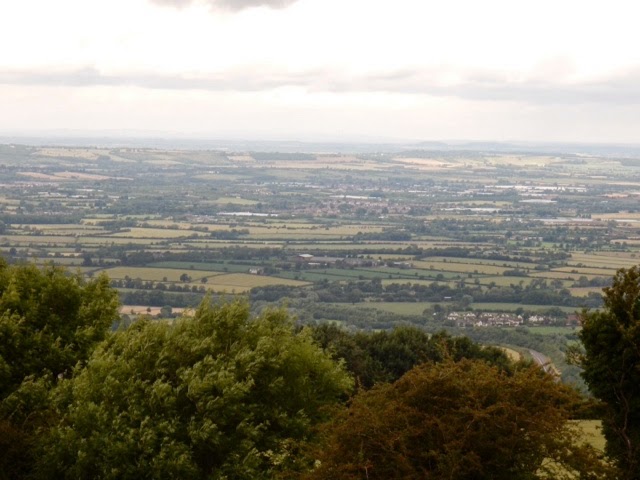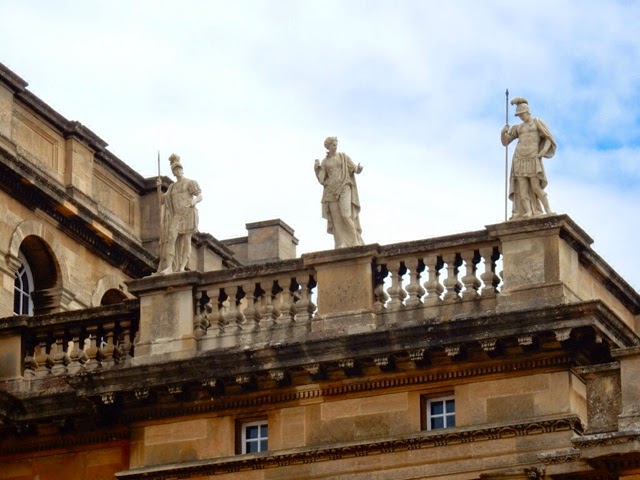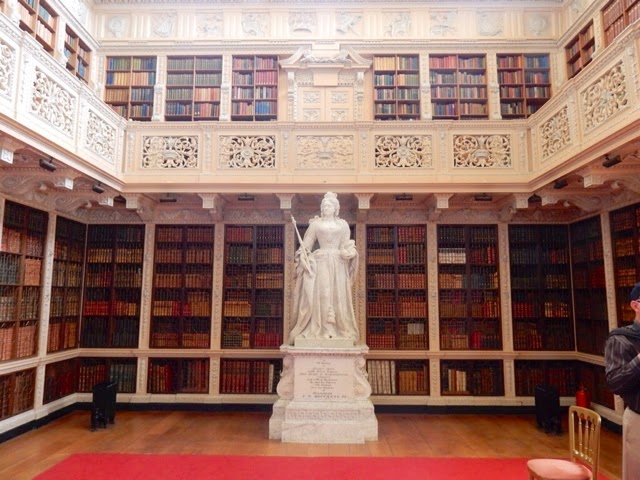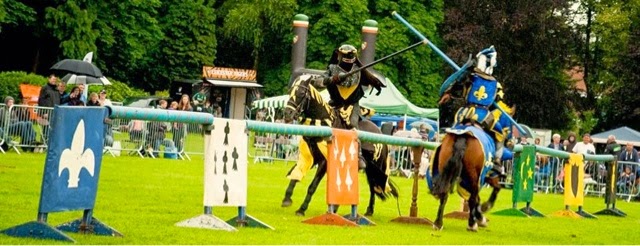Founded by the Romans in AD 71, York has been an important city in northern England for almost 2000 years. Four Roman emperors held court in York, and it was in York that Constantine the Great was proclaimed emperor in 306. In the post-Roman era, York was conquered by the Angles, then the Vikings, and finally the Normans, a thousand years ago. York’s main feature is its cathedral, York Minster, but there is also a lot of other things to see and do in York. We spent half a day in York, and covered:
- The National Railway Museum
- The Treasurer’s House
- York Minster
- A walking ghost tour of the city
Walking the streets of York definitely feels like an old, old city, and while most people think of English history only so far back as the Middle Ages, there are still some towers and columns that date back to the Roman period, and a more contemporary statue of the Roman emperor Constantine reminds you that York (Eboracum) was once a very important city in northern Brittania.
(Left) This tower formed the northwest corner of the Roman legionary fortress of Eboracum. The larger stonework at the top was added during the medieval period.
(Right) A Roman column in modern York serves as a reminder that this was once a Roman city.
(Bottom) Statue commemorating Emperor Constantine
The National Railway Museum
England was an early adopter of rail technology, ushering in the Industrial Revolution in the early nineteenth centure, and York became a rail hub, so it is fitting that the National Railway Museum be situated in York.
The museum consists of a large collection of trains, most of which you cannot climb on or get in. After a few pictures of your kids with a few giant locomotives, you can walk through the rest fairly quickly. There are not that many interactive exhibits, and the ones there are (e.g., one on signaling a train on a circular track) are lame. One big area is just shelf after shelf of cataloged train-related items — oh look! a napkin from the 1932 London-to-Edinburgh dining car! Fascinating.
“Oh look! Another train!”
I have visited the California State Railroad Museum in Sacramento, and thought the Sacramento museum was better. If you’re ever in that part of California, it is worth seeing. However, in York, where there is so much else to do, you can safely skip the National Railway Museum. If you’re thinking that since it’s free, you may as well visit it anyway, parking is £9, which would be a deal for a whole day, but you can cover the whole museum in an hour, so £9/hr is a bit steep.
There is so much else to do in York, that I’d recommend sites other than the National Railway Museum.
The Treasurer’s House
The Treasurer’s House behind York Minster once housed the treasurers of York Minster. It ceased usage in that role five hundred years ago and fell into disrepair until Frank Green purchased it at the end of the nineteenth century and renovated it. Its claim to fame is that the royal family stayed in it once. It’s probably the smallest and least posh of all places the royal family ever stayed. It’s not
that nice.
There are no audio tours available, but there are docents in every room. Unfortunately, they are volunteers who apparently have received no training in the history of the house. On a couple of occasions, we asked the room guide a question about the room we were in, only to have the room guide quickly scan one of the handouts, and then reply, “I don’t know.” Finally, we did find a knowledgeable docent — an orthodox priest — in Princess Victoria’s room, who was able to provide us some details and stories about the house.
When you visit York, you are going to visit York Minster, of course, and the Treasurer’s House is right behind it, so you may as well stop in. It is National Trust, so free to members. However, the house isn’t
that good, so if you are pressed for time, you can skip it and not feel like you’ve missed out on anything.
York Minster
York Minster is a cathedral of the same caliber as Salisbury, which we visited
earlier. York Minster is much older than Salisbury, but because of its tumultuous history (burnings, lootings, etc.), it has had to undergo major restorations over the last few centuries, so it actually appears much newer than Salisbury Cathedral. However, it is beautiful. Its interior is quite a bit larger than Salisbury’s, and the stained glass windows are beautiful. Unlike Salisbury, the interior of the cathedral is not littered by tombs; apparently, this is a result of the purges and systematic destruction wreaked by the Tudors and the English Reformation. Curiously, most of the chapels in the cathedral are military-related. There are many nooks and crannies to explore in York Minster, including the chapter house, all of which I recommend.


We attended the evening service at York Minster, since we had had such a good experience at Salisbury’s evensong the prior week. There was a visiting choir singing the service, and although they were good, we preferred the voices of the resident choristers at Salisbury. Still, it was an excellent service, and I recommend trying to time your visits to churches and cathedrals in England in order to make the evensong services. I believe most of them do do them every night.
It costs £20,000/day to keep York Minster up and running, so, unlike Salisbury Cathedral, York Minster charges and admission fee to tourists to keep the building up and restore those parts that need restoration: £10 per adult gets you basic admission, children under 16 free; to gain access to the tower, it’s another £5 per person, regardless of age. As worshippers, you can get in free, but I recommend donating at least the price admission if you attend worship, since you are a tourist, too, and it is the right thing to do.
If you do one thing in York, visit York Minster.
A walking ghost tour of the city
Apparently, York is known for its ghosts; everyone, it seems, has a ghost story. We walked a tour of York with a pleasant fellow who told us ghost stories of York. It wasn’t free, and it probably wasn’t worth the money, but it did get us to a few places like Clifford’s Tower and the Shambles. The former is the keep of what was once York Castle; the latter is an old street that still has shops operating on it.
Clifford’s Tower:
Summary
We probably should have budgeted more time for York, as there is much we missed. We had planned on returning the next day, but instead went to Fountains Abbey, which was well worth it. I recommend Yorkshire, and while in Yorkshire, plan on spending at least a day in York. There is some good shopping in York, too, and you might want to split between the shoppers and sightseers in your family, since there is much to keep the non-shoppers engaged in the meantime.
